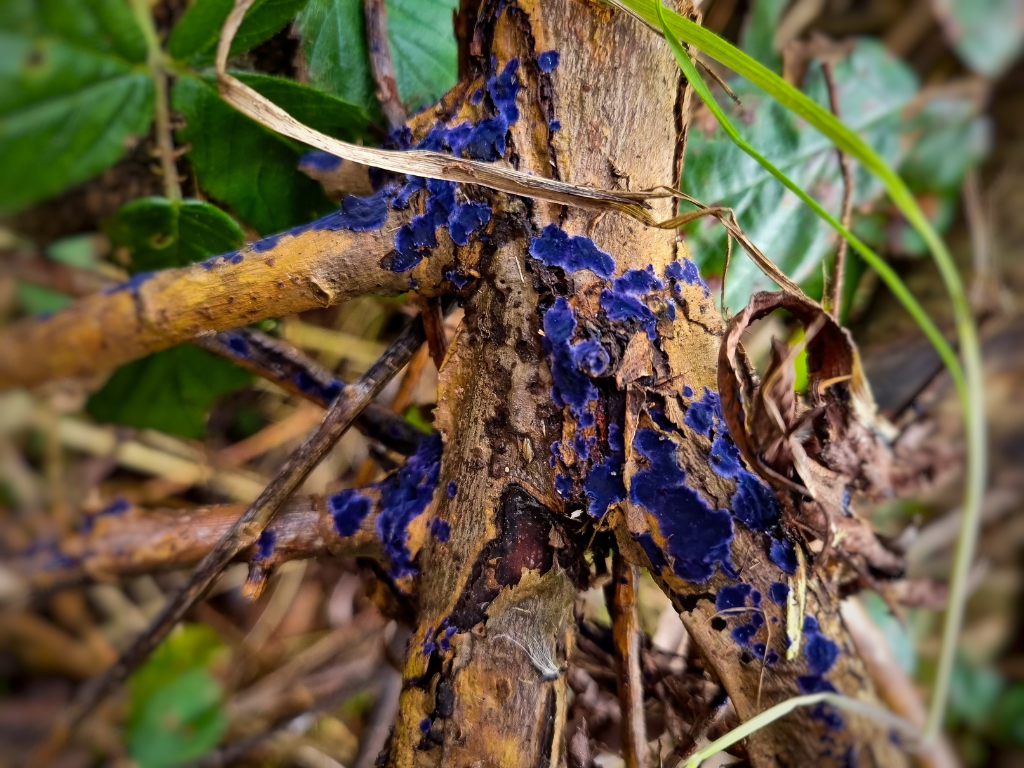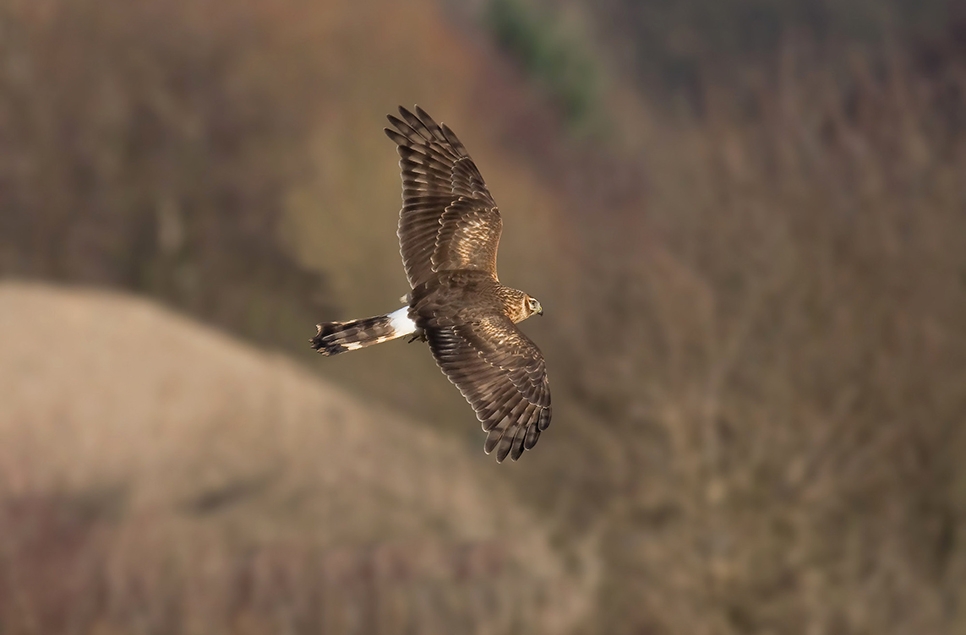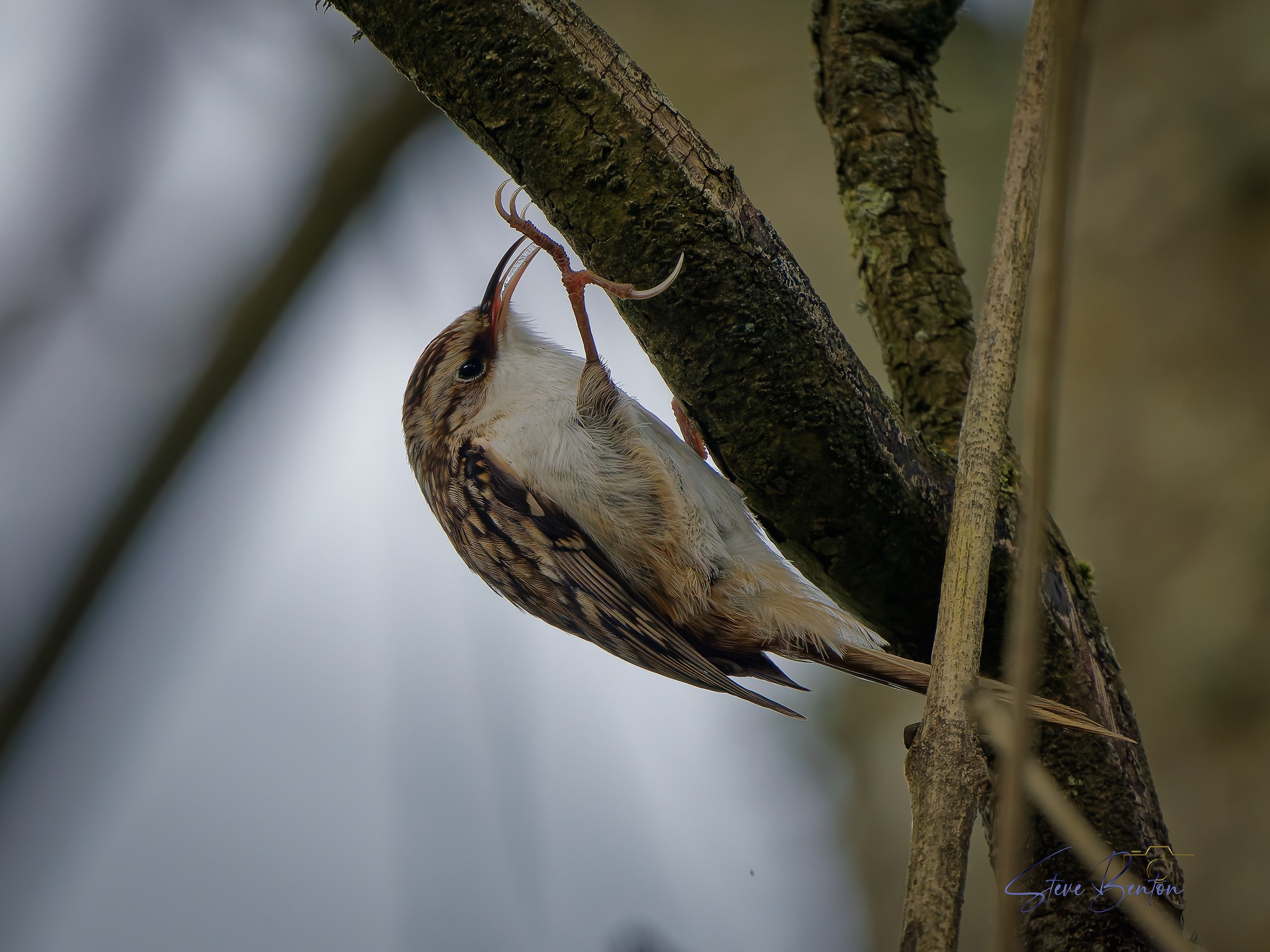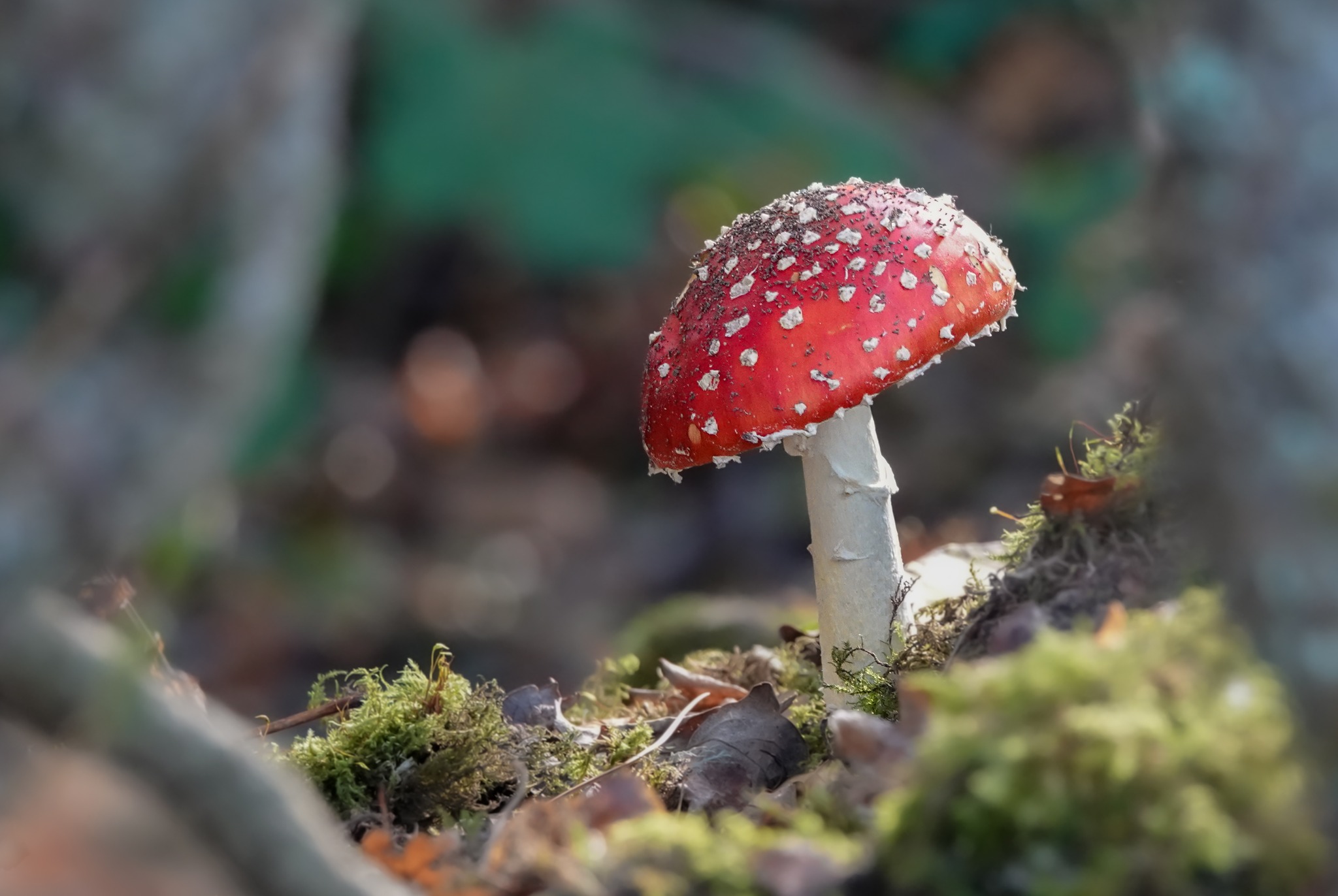Barn Owl, Black-Headed Gull, Teal, and a Grass Snake on the lake!
Jesus walked on water. These guys slither
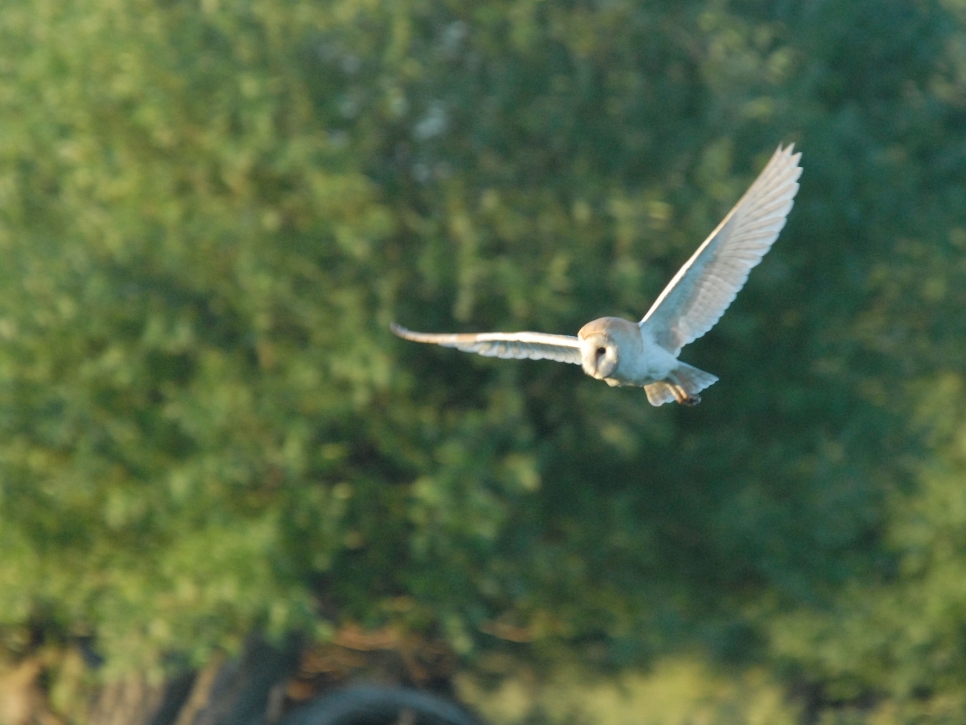
No miracles here, just the wonders of nature!
Wildlife Sightings at WWT Llanelli from 28th July – 3rd August 2025
Highlights: Barn Owl, Black-Headed Gull, Teal, Grass Snake
This morning we caught sight of our resident Barn Owl, which has made itself at home just past our perimeter near the Black Poplar Woods. Unlike in other parts of the world, Barn Owls in Britain are known to hunt during the daytime. Despite this, they are primarily nocturnal or crepuscular, using the darkness in combination with their silent flight to catch their prey off guard (and to avoid mobbing by corvids). The most common items on the Barn Owl's menu are Voles and Shrews, though they have been known to go for amphibians, insects, and other small mammals too. They consume their prey with such ferocity that they may consume the most rodents (weight for weight) than any other creature on earth!
Early this week, one of our visitors spotted a juvenile Black-Headed Gull with a yellow ring and enquired as to where the individual was ringed. After a bit of sleuthing, we found that the young gull had flown all the way from Flixton in Suffolk, where it was ringed in June as a chick. At less than 12 weeks old, it flew over 240 miles to us!
In other positive news, we have found evidence of Teal breeding on site! This morning, the Reserve Team discovered a almost-fledged brood on Deep Water Lake, looking to be around 7 weeks old. Teal have very rarely bred here in the past, and only 1% of the UK’s wintering population stick around to breed! It seems we are one of the lucky places in the '1% club' (Don’t tell Lee Mack that we’re stealing his brand).
Our final highlight this week is a surprisingly avid swimmer – the Grass Snake. Particularly favouring wetland habitats, they are most often found soaking up the sun's warmth on a dry grassy bank near the water. Unfortunately, it isn’t often that their prey come strolling on over, so they have to get hunting – and amphibians make the perfect snack. Grass Snakes move quickly through the water, diving below the surface to search for prey and staying submerged for extended periods of time. The photograph below, taken by visitor John Hole, shows a snake slithering atop the water's surface towards the Peter Scott Hide. Interestingly, there has been a recent shake-up in the classification of our native British Grass Snakes. Previously thought to be a subspecies of Natrix natrix, research in 2017 found that the snakes in Europe west of the Rhine River were actually of a completely separate species, now dubbed Natrix Helvetica – the Barred Grass Snake (so that’s really what it should be called in the title of this blog…).
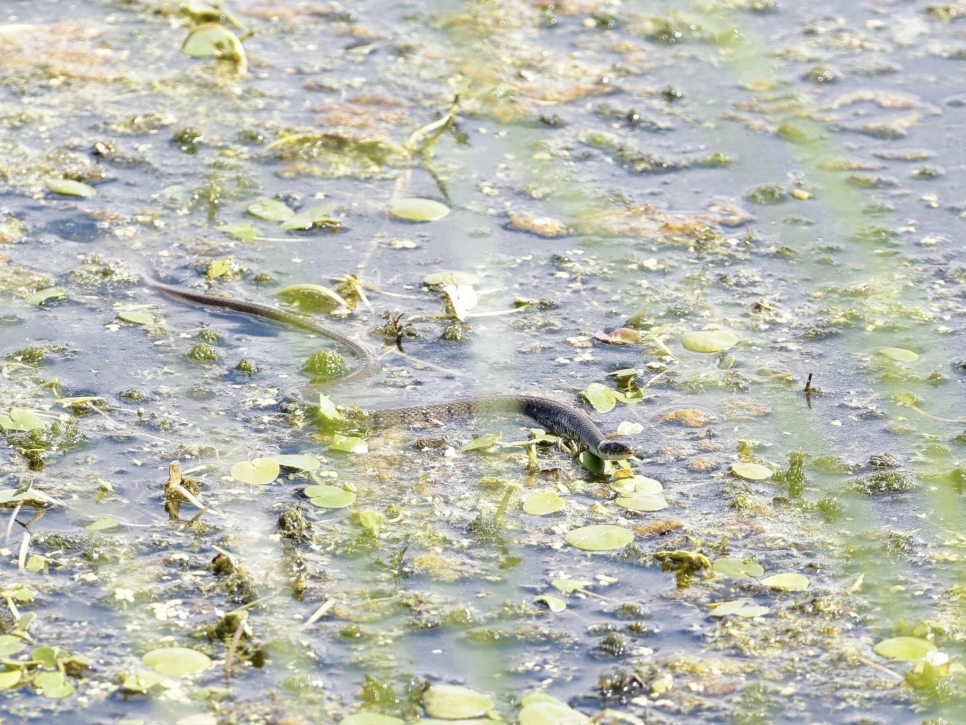
To conclude this week’s blog, we have had continued sightings of a Green Sandpiper on the Dafen Scrapes, and a Cattle Egret hanging around the herd on the Saltmarsh too! And for the amphibian lovers – that aren’t hungry snakes – keep an eye out for Palmate Newts crawling about the Millennium Wetlands. We saw a juvenile near the Kingfisher Screen in the week and can confirm that it was super cute!
